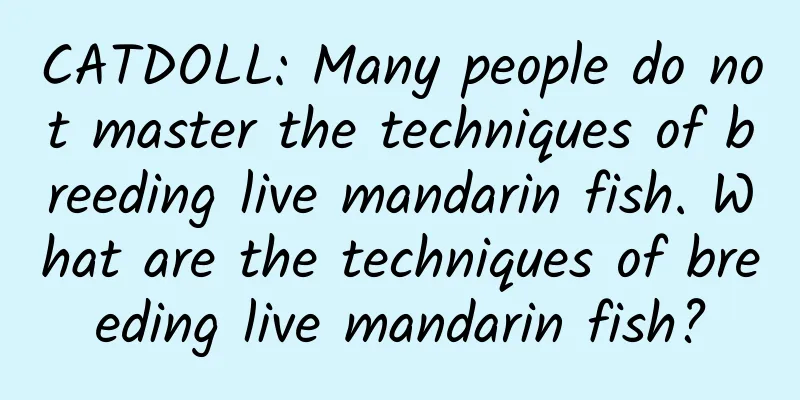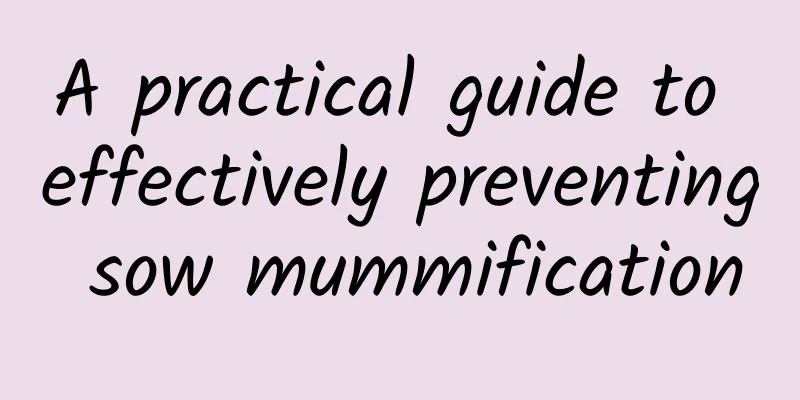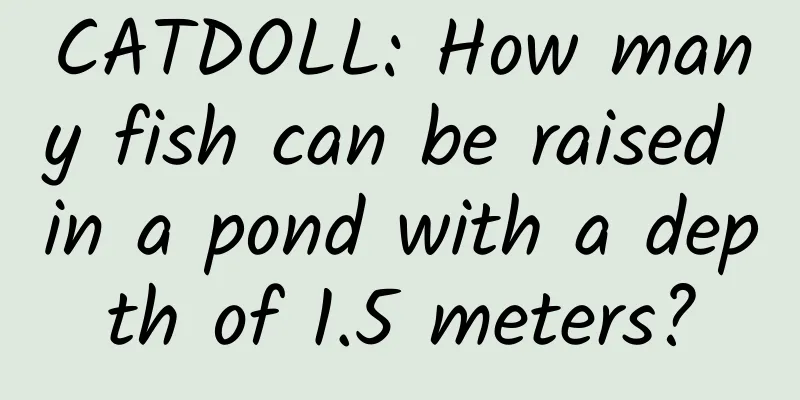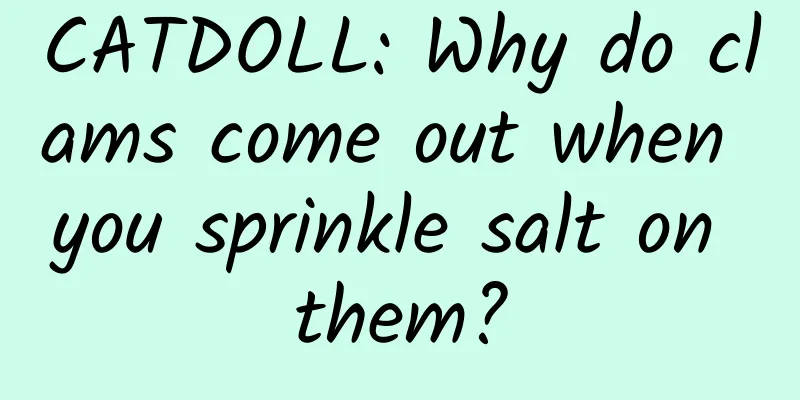CATDOLL : CATDOLL: What are the requirements for the breeding technology of export-grade whiteleg shrimp?

|
Due to the restrictions of the two major trade protection measures, SPS/TBT barriers and anti-dumping barriers, the export trade of farmed shrimp in my country is facing many difficulties: the EU has increasingly stringent requirements on the quality of imported aquatic products, and has specific quality standards for each link starting from raw material production; the United States has increased the residue limit of chloramphenicol from 1ppb to 0.3ppb, and the residue limit of nitrofurans (1ppb) can currently only be tested by the Commodity Inspection Bureaus of Beijing, Hebei, Jiangsu and other provinces and cities in my country; and Japan has implemented limit testing on tetracyclines (such as a limit of 20ppb for oxytetracycline), but it is still not included in the list of "Prohibited Fishery Drugs" in my country. 1. Breeding pond conditions (1) Area: Within 10 mu, easy to harvest in a short time (3 to 5 hours). (2) Water depth: 1.5 to 2.5 meters, suitable for large-scale shrimp farming, with a sewage hole in the center of the pond. (3) Bottom: mulch or sandy bottom. The water quality does not change much during capture and harvest. (4) Water source: Seawater sources should be used after sedimentation or filtration, and there should be no pollution sources around. For freshwater sources, pay attention to pesticide residues and heavy metal pollution. In addition, the water inlet and outlet channels must be separated, and transportation and power supply must be convenient. 2. Pond cleaning You can use bleaching powder, chlorpyrifos, lime, tea bran or bromochloridone, etc., but you should not use sodium pentachlorophenol, cypermethrin, trichlorfon, copper sulfate, formaldehyde, herbicides, etc. for pond cleaning. 3. Fertilizer pond (water) It is recommended to use high-quality organic fertilizers that have been fully fermented or chemical or biological fertilizers approved by relevant departments. The proportion of organic fertilizers in the fertilizer structure should not be less than 50%, and the nitrate content in the water should be 40 mg/L. 4. Seedling selection (1) Purchase shrimp seedlings from ecological shrimp seedling farms that have been licensed by local fishery authorities to produce seedlings, have water quality treatment facilities that are suitable for production capacity, have advanced seedling cultivation technology, and do not use antibiotics. (2) Select SPF or SPR shrimp seedlings that are larger than 0.7 cm in size, uniform in size, with a smooth body surface, complete appendages, open tail fan, full muscles, active swimming, strong jumping, and the ability to swim against water and attach to the wall. They are healthy and free of lesions. 5. Choose high-quality feed Because many shrimp feed factories in my country have a record of adding antibiotics in the past, foreign merchants, when purchasing farmed shrimp, invariably ask for random inspections of farmed shrimp feeds, and require that each batch of feed used in production must have detailed records and antibiotic test reports. Therefore, it is a wise move for export shrimp farming to choose feeds produced by feed factories with guaranteed quality, reasonable formula, excellent technology, and the ability to provide antibiotic test reports, and to implement the "Safety Limits for Pollution-free Food and Fishery Feed". 6. Test the water quality and bottom quality of breeding ponds (1) Control of algae: Regulate the nitrogen and phosphorus ratio in the water to cultivate green pond water, especially in the middle and late stages of aquaculture. This has a great impact on the blue-gray color of the shrimp when it is harvested. Do not use copper sulfate or formaldehyde to control and kill algae. You can use water changes to reduce the concentration of algae in the middle and late stages. (2) Control water quality and reduce turbidity: In the middle and late stages of aquaculture, the amount of organic suspended matter in the water increases, the turbidity increases, and the levels of ammonia nitrogen and nitrite nitrogen increase. Farmed shrimps usually develop symptoms such as red legs, shell ulcers, black gills, and black spots. Use zeolite powder, sodium humate, photosynthetic bacteria, EM bacteria, and Bacillus to control or disinfect and change water in a timely manner, then add live bacterial preparations, and promptly adjust the direction of the aerator to form a sedimentation area near the sewage outlet in the center of the pond. After 4 to 6 sewage discharges or suctions a day, the water remains clear and transparent, the dissolved oxygen level is increased, and the quality of farmed shrimp is improved. (3) Control salinity: Low-salinity culture of white shrimp is less likely to cause viral diseases, but shrimp raised in salinity below 5‰ tend to have a muddy smell and soft shells, which do not meet the quality requirements of export shrimp. Therefore, 15 to 20 days before harvesting, the salinity of the pond water is gradually adjusted to above 5‰, and when harvesting, fresh water is not used but high-salinity seawater is used to melt ice for preservation. 7. Reasonable density, improved cultivation specifications, and strengthened quality management of harvesting Export shrimp farming bases should breed large-sized shrimp according to the requirements of the international market. Facts have proved that high-density farming is difficult to achieve high economic benefits. Generally, the most reasonable stocking density for high-level ponds is 80,000 to 100,000 shrimps per mu with a size of 30 shrimps/500 grams or less. At the same time, improper harvesting and preservation methods also affect the quality of shrimp. Harvesting and preservation requirements for export shrimp: (1) The entire pond should be harvested within 3 to 5 hours, otherwise the shrimp legs will turn red and affect the quality. (2) When preserving food, the amount of sulfite added and the soaking time should be controlled at 400 mg/L and 2 minutes. (3) Harvested and preserved shrimps must be transported to the processing plant in a timely manner. The transportation time should not exceed 2 hours, otherwise the shrimps will absorb water and reduce their quality. Be sure to pay attention to the size of the pond. The water depth should be about two meters, and there must be a sewage outlet to better ensure the water quality. Be sure to ensure the water quality, pay attention to the water source, try to choose a place with a good environment, and never avoid factory pollution. The natural habitat of Penaeus vannamei is muddy seabed, with water depth of 0-72 meters, water temperature of 22-32℃, salinity of 10-25‰, pH value of 8.0±0.3, dissolved oxygen greater than 4mg/L, transparency of 0.3-0.5 meters, and water color of green or reddish brown is preferred. Site conditions for breeding: sufficient water source, good water quality, no pollution, and good bottom quality. Pond cleaning: The purpose of pond cleaning is to kill harmful organisms, including fish and shrimp disease bacteria. When selecting shrimp fry, it is necessary to strictly control the quality and select high-quality shrimp fry for stocking. |
<<: CATDOLL: Want to know how to identify northern and southern species of golden coin turtles?
>>: CATDOLL: How much is a pound of loach seedlings? Is there any place that wants them?
Recommend
Can newborn kittens drink soy milk?
Cats can drink soy milk. Soy milk is rich in plan...
CATDOLL: What to do if there are earthworms in the flowerpot, the advantages and disadvantages of earthworms in the flowerpot
1. What to do if there are earthworms in the flow...
Farming techniques and precautions for rural chickens
Choose a suitable breeding site The breeding of r...
CATDOLL: Where is the large fly maggot breeding base? (Where is the large fly maggot breeding base?)
1. How to build a maggot breeding pond? 1. Constr...
CATDOLL: What conditions are needed to keep cicadas alive?
What conditions are needed to keep cicadas alive?...
CATDOLL: There are many silver carp live fish farmers. What are the environmental requirements for silver carp live fish farming?
There are many silver carp live fish farmers. Wha...
CATDOLL: How to deal with pig fever and illness
Causes and symptoms of pig fever Pigs are suscept...
CATDOLL: Common fish disease prevention and treatment
In spring (March to May in the Gregorian calendar...
CATDOLL: Which is more expensive, crispy fish or black fish?
Which is more expensive, crispy fish or black fis...
CATDOLL: What should I use to disinfect a room that has never been used to raise silkworms?
1. What to use to disinfect a room that has never...
CATDOLL: How to keep flies alive (How to keep flies alive)
1. Simple breeding technology of fly maggots? 1. ...
CATDOLL: Why wasps are natural enemies of caterpillars
1. Why are wasps the natural enemies of caterpill...
CATDOLL: What are the tips for raising silkworms? Write down two points (Please tell me what are the tips for raising silkworms)
1. How to learn the complete set of techniques fo...
CATDOLL: Does anyone know how to raise snails?
1. Do you know how to raise snails? If you want t...
CATDOLL: Spider breeding and utilization technology paper examples (spider breeding and utilization technology paper examples)
1. How to breed southern spiders? 1. To raise hun...









